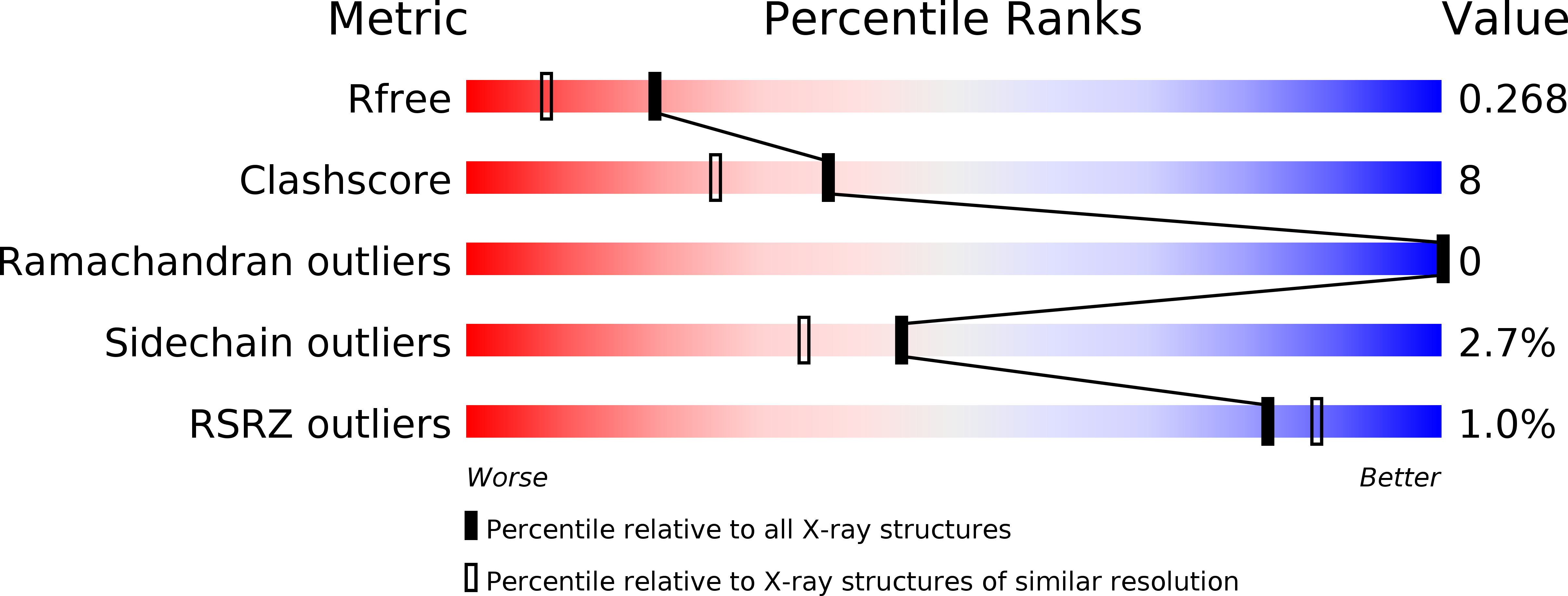
Deposition Date
1996-02-01
Release Date
1996-07-11
Last Version Date
2024-10-23
Method Details:
Experimental Method:
Resolution:
1.95 Å
R-Value Free:
0.25
R-Value Work:
0.19
R-Value Observed:
0.19
Space Group:
P 31 2 1


